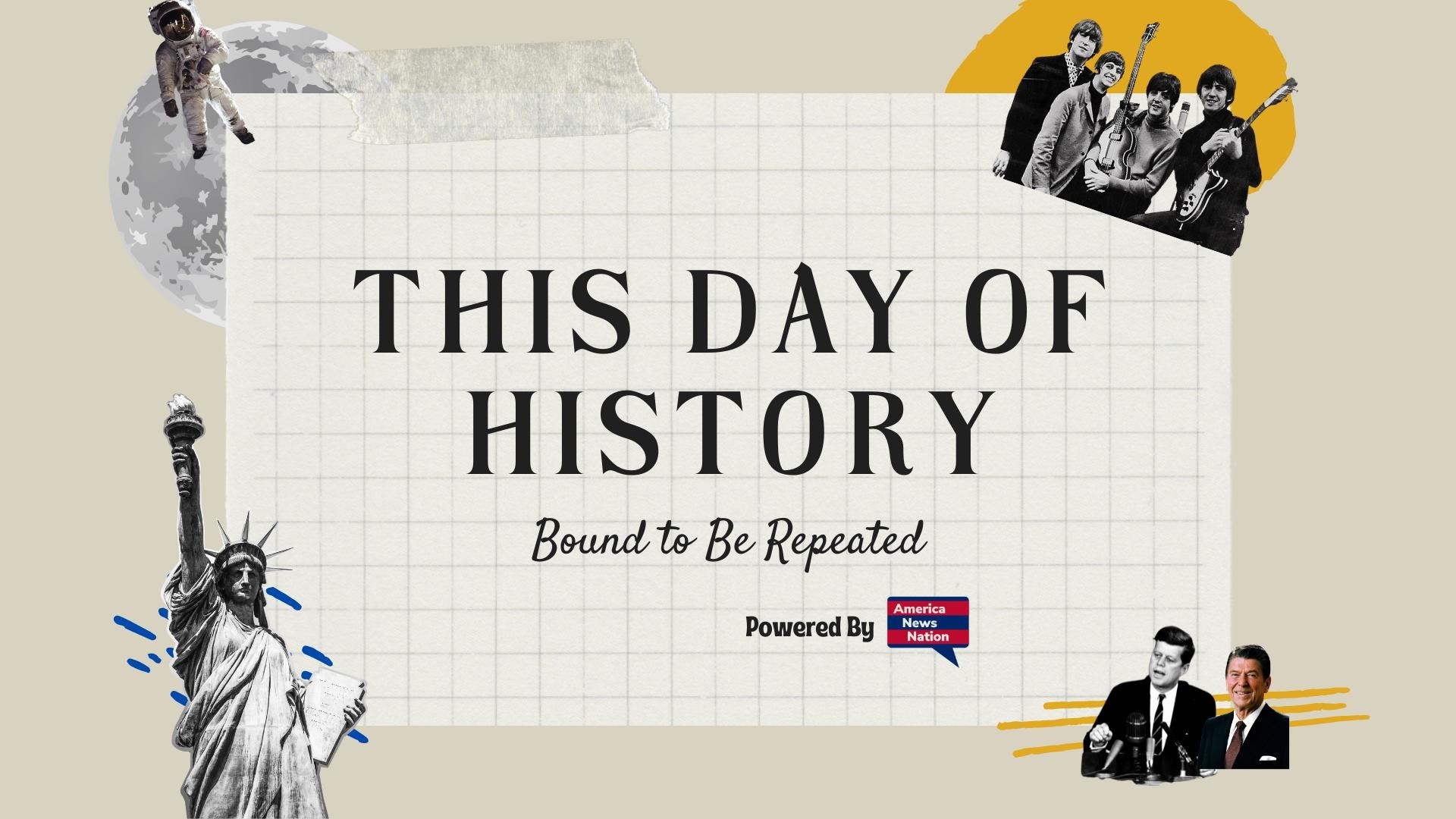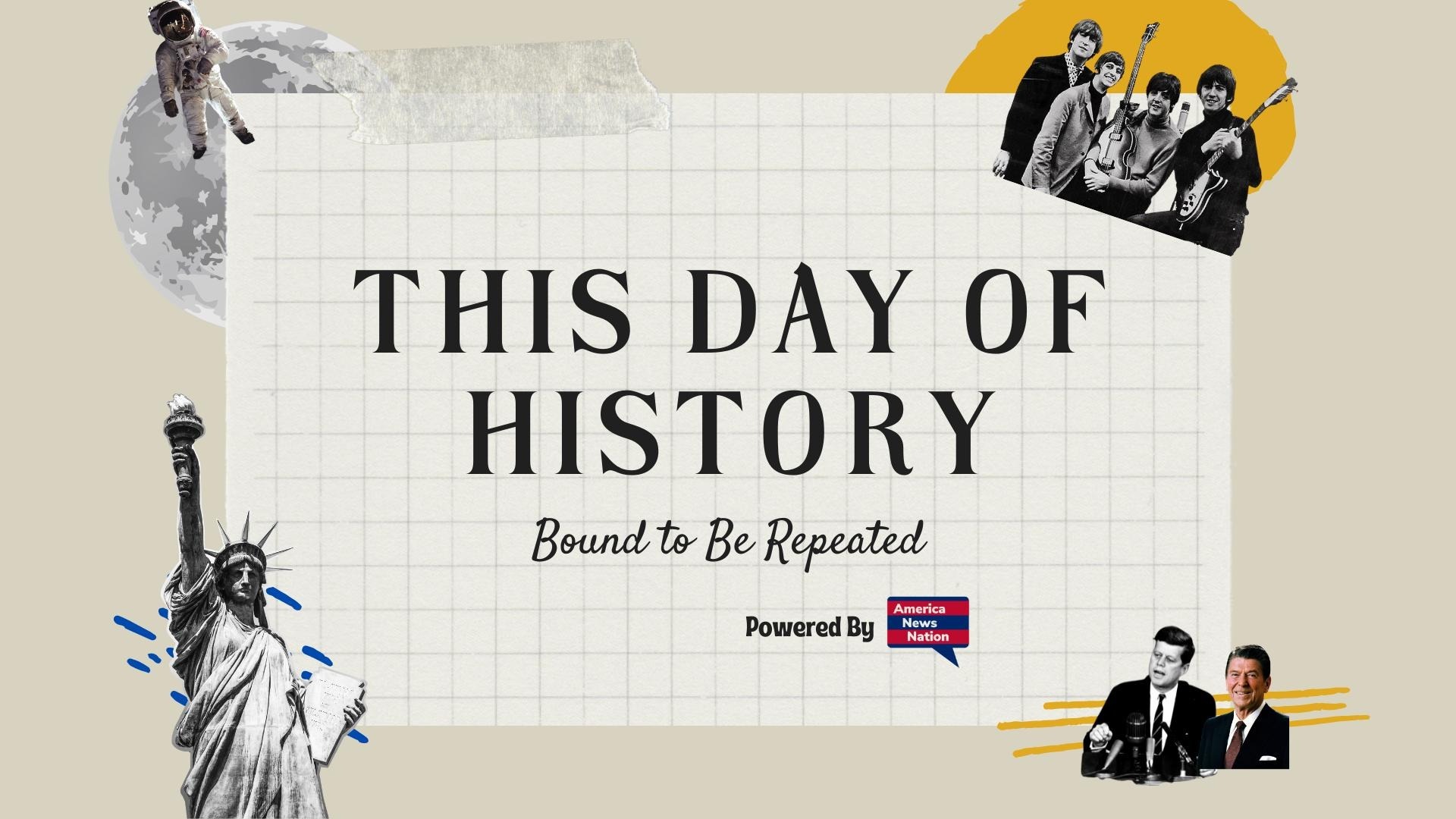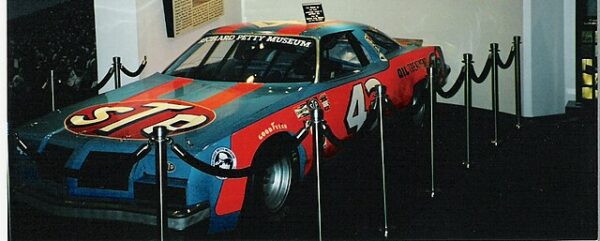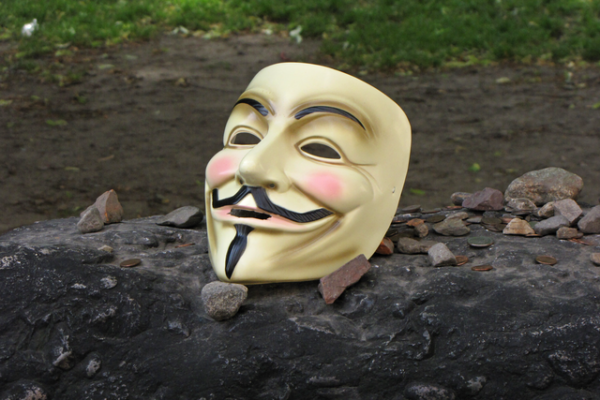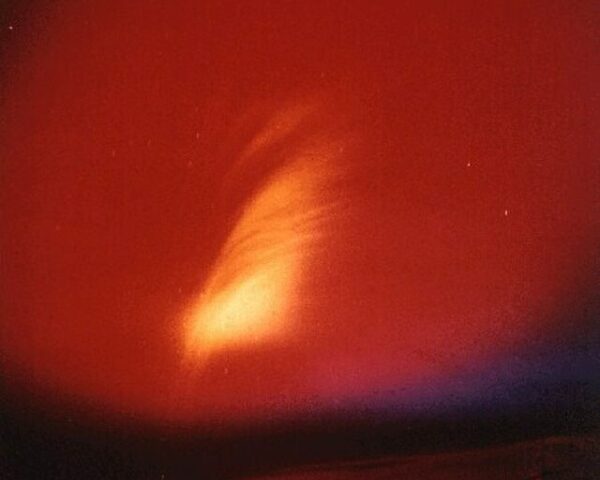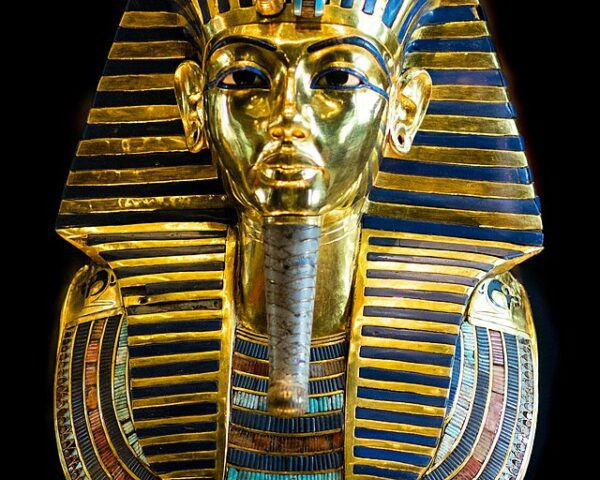On February 18, 1979, NASCAR had its coming-out party. For the first time, the Daytona 500 was broadcast live from start to finish on national television, and it delivered in spectacular fashion. Richard Petty took advantage of a dramatic last-lap wreck between Donnie Allison and Cale Yarborough to win a record sixth Daytona 500, but it was the chaos—both on and off the track—that made history.
The race had all the makings of a classic. NASCAR had long been a regional phenomenon, deeply rooted in the South, but CBS Sports took a bold leap by airing the entire event live. A massive winter storm across the country kept millions of viewers indoors, setting the stage for one of the most unforgettable moments in motorsports.
For most of the day, the battle up front was between Allison and Yarborough. Allison, driving the No. 1 Oldsmobile for Hoss Ellington, controlled the lead late, with Yarborough’s Junior Johnson-backed car glued to his bumper. Richard Petty, the sport’s biggest star, ran in third, lurking just behind.
Then came the fireworks. On the final lap, Yarborough made his move, diving low to pass Allison down the backstretch. But Allison wouldn’t budge. The two cars tangled, careened into the infield, and slid helplessly into the grass. Petty, suddenly with a clear path to victory, sailed past and took the checkered flag, securing his place in history.
Darrell Waltrip finished second, A.J. Foyt third, but the real drama wasn’t over. Moments after the race, tempers boiled over in the infield. A furious Yarborough confronted Allison, and a shouting match quickly escalated into a full-blown brawl. When Bobby Allison joined the fray to defend his brother, fists flew and helmets cracked. Millions of viewers watched as CBS’s cameras captured every punch, turning the Daytona 500 into must-see television.
That moment changed NASCAR forever. The sport had long thrived on fierce rivalries and raw emotion, but now the rest of the country got to see it firsthand. CBS’s gamble on full-race coverage had paid off, giving NASCAR a national audience that would only grow in the years to come.
As for Petty, the win added another milestone to an unparalleled career. He would go on to win his seventh—and final—Daytona 500 in 1981, a record that still stands. But the 1979 race was about more than just his triumph. It was a defining moment, the day NASCAR stepped into the spotlight and never looked back.
The 1979 Daytona 500 wasn’t just a race—it was a spectacle, a turning point, and a brawl-filled, high-speed drama that made America fall in love with stock car racing.
